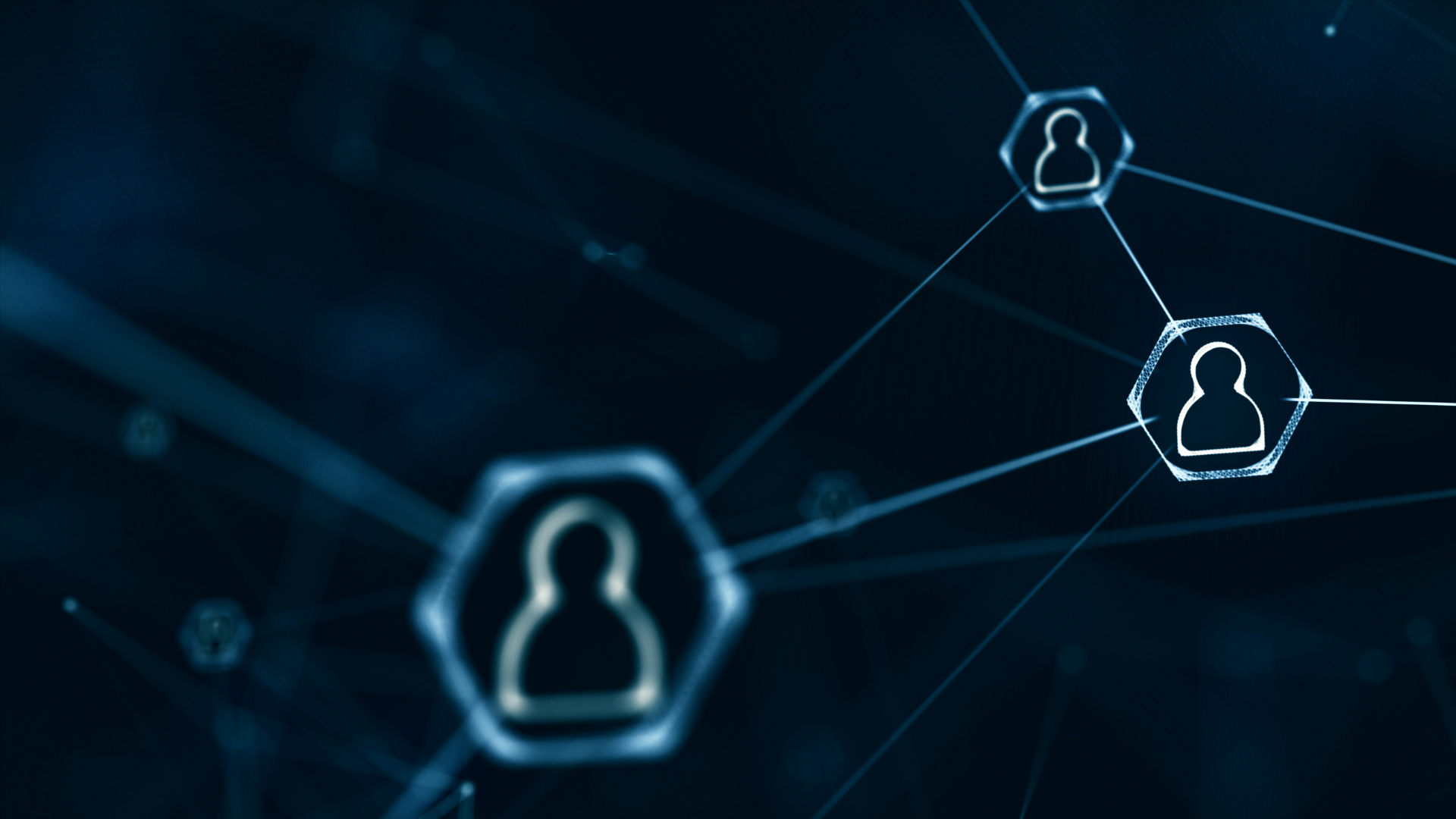How Should an OEM Organize Technical Support to Provide Memorable Experiences
Jun 22, 2021 • Features • field service • Trusted Advisor • Leadership and Strategy • Sam Klaidman
In this new article for Field Service News, Sam Klaidman, Founder and Principal Adviser at Middlesex Consulting, discusses how an OEM should organize technical support in order to provide the best experience to the customer...
Both Kris Oldland and other FSN authors have been telling us that for many businesses, the new normal will be touchless service. The customer will interface with the equipment and the OEM’s technical support team will use AR/MR/VR to help the customer troubleshoot and repair the equipment. Now the question is “Over time, how will customers feel about touchless service?”Getting the experience “right” is critical for the business because in the B2C world, and more and more in the B2B environment, the most frequent customer interaction with the business is with technical support. And the quality of each experience is important because the individual’s cumulative perception of the experience they have with a business is the brand. To make matters worse, Daniel Kahneman, the Nobel Prize winner and noted Psychologist, has written about what he calls the Peak-End Rule. This rule states that for reasonably short duration, we ignore most of the details except for 1) how we felt when we had the maximum “good” or “bad” feeling and 2) how we felt while the experience came to an end.
We may not know when our customer has reached the “peak” point, but we certainly know when the journey comes to an end. So, getting each transaction to leave a positive memory in the mind of the customer is especially important.
One way to ensure good outcomes is to organize and staff technical support organizations around customer’s technical skills. The challenge of this strategy is that we have to direct calls, emails, and chat sessions to the support person who is at the same level as the customer.
First, we must understand the technical level of the people who contact technical support. In a B2C situation the technical support engineer usually communicates with either a Level 1 operator, a Level 2 person with more experience, or a trained Level 3 FSE. Here are some examples of each:

In a B2B company there are also three levels of knowledge that technical support works with:

Notice that in the B2B environment, the personnel at all three levels are well trained for their job and also know the limits of their knowledge. In the B2C situation, the Level 1 and 2 people may think they know more about taking care of their equipment than they actually do and so the technical support people have to take extra care to ensure that these people do not create a bigger problem than what they started with.
Given all of the above, the best we can do is organize our technical support organizations into levels that match the levels of the customers. Unfortunately, that is easier said than done since the company has little control who calls in to get aid to fix a problem.
The easiest solution for the OEM is to have a great reference library organized into FAQ’s that cover the issues that the Level 1 and most Level 2 callers can safely attack. And then encourage the callers to look there first before trying to talk to a live agent. But we know this solution would frustrate many customers and lead to many negative comments on social media, your NPS score would drop into negative territory, and your Sales partners would make your life miserable because you were now part of the “Sales Prevention Team.”
Another solution is to implement Chat and use that as a Level 1 triage and, when that does not work, the agent can escalate to either the Level 2 or 3 Tech Support as appropriate. If you elect to try this route, consider having the Chat agent arrange for a callback by a tech support agent. As long as the call is complete in about 3 minutes or less, the customer waiting for the call will generally not be upset.
In conjunction with the chat/live call back solution, you can make sure that your company certifies the internal people who will be calling for Level 3 support. This way they can have a dedicated telephone number and you have a reasonably good chance that the people calling in are trained enough that your experienced tech support agents can be spending their valuable time dealing most efficiently with customers.
Whatever strategy you decide to implement, make sure that your callers always feel that their time is being respected and that you take their problem seriously. Empathy and understanding can go a long way to making touchless service into a positive experience.
Further Reading:
- Read more about Leadership and Strategy @ www.fieldservicenews.com/leadership-and-strategy
- Read more exclusive FSN articles by Sam Klaidman @ www.fieldservicenews.com/sam-klaidman
- Find out more about Middlesex Consulting @ www.middlesexconsulting.com
- Read more articles by Sam Klaidman on Middlesex Consulting Blog @ middlesexconsulting.com/blog
- Connect with Sam Klaidman @ www.linkedin.com/samklaidman





















 Field Service News is published by 1927 Media Ltd, an independent publisher whose sole focus is on the field service sector. As such our entire resources are focused on helping drive the field service sector forwards and aiming to best serve our industry through honest, incisive and innovative media coverage of the global field service sector.
Field Service News is published by 1927 Media Ltd, an independent publisher whose sole focus is on the field service sector. As such our entire resources are focused on helping drive the field service sector forwards and aiming to best serve our industry through honest, incisive and innovative media coverage of the global field service sector.
Leave a Reply